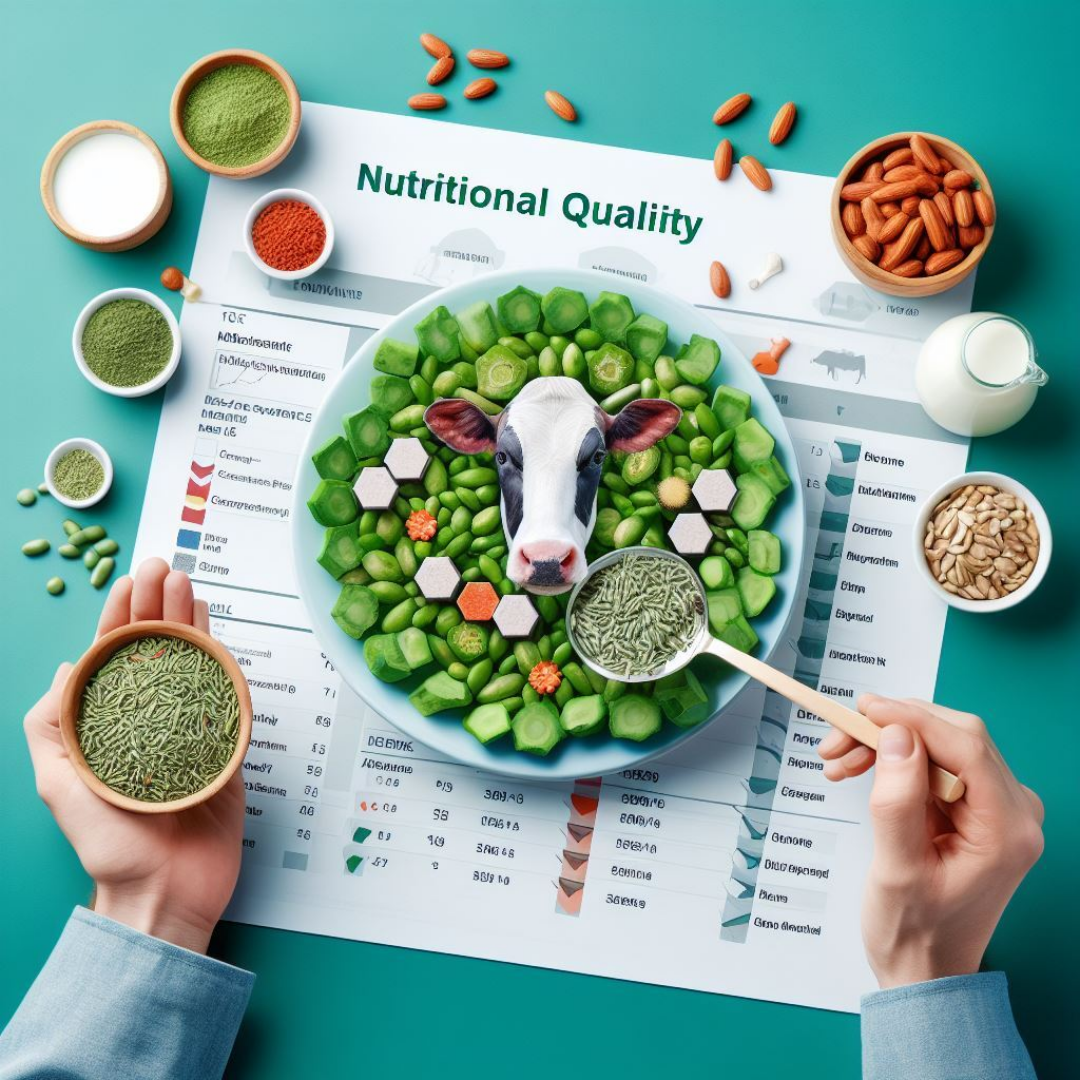Berseem is a winter fodder crop. Due to its increased number of cuts and excellent nutritional value, Berseem (Trifolium alexandrinum) is known as the “king of fodders”.

Berseem is a winter fodder crop. Due to its increased number of cuts and excellent nutritional value, Berseem (Trifolium alexandrinum) is known as the “king of fodders”. In surrounding areas of large cities, it is grown as a cash crop.
Berseem is a high-quality, fast-growing feed that is usually sold as chopped green forage. It is often compared with alfalfa due to their similar feed values. It is very valuable and helpful for animals, and it contains a lot of health and dietary advantages that encourage animal growth.
Yield and salient features of Berseem:
According to the multiple research studies conducted on different varieties of berseem in AARI, Sargodha, it was found that after the comparative analysis of different varieties, they produced different potential yield mounds per acre (Berseem, AARI).
Sr. No. |
Variety Name |
Year of Release |
Sowing Time |
Potential Yield
|
Salient Features |
|
|
Punjab Berseem
|
2019 |
For Fodder End September-End October |
1200 |
|
|
|
Lyallpur Late
|
2017 |
For Fodder End September-End October |
1214.57 |
|
|
|
Superlate Faisalabad |
2011 |
For Fodder End September-End October |
1163.96 |
|
|
|
Anmol |
2009 |
For Fodder End September-End October |
1214.57 |
|
Fig. 1: Comparison of different varieties of Berseem in AARI, in fodder research institute Sargodha
According to the above table, it is discussed that the yields of different varieties of berseem named Punjab Berseem (2019), Lyallpur Late (2017), Superlate Faisalabad (2011), and Anmol (2009) were comparatively similar, ranging from 1150 to 1215 m2/acre.
Sowing time for all varieties of berseem was from September to October, and the common salient features of all the above-mentioned varieties are digestibility, heatproofness, multicutness, and high yielding.
Conditions required for Berseem growth:
Berseem performs better on basic and high-moisture soils despite being considerably less drought-resistant. Berseem can also provide food before and during the colder months because it can be planted in early autumn (Suttie, 1999).
Berseem is mostly valued as a crop for the winter in the subtropical regions because it increases in mild winters and recovers quickly from harvesting. It doesn’t grow properly in the summer heat. Between 35°N and the Tropics, it can be grown at heights of up to 750 m (1500 m in the Northwest Himalaya).
In areas with 550 to 750 millimetres of rainfall annually, berseem can grow. It is capable of handling moderately dry conditions and short periods of waterlogging.
It works better than alfalfa in soils with high moisture content and is especially active when watered. Although it can grow on many different types of soil and is only slightly sensitive to salt content, it prefers sandy to clay-based soils with a pH range of 6.5-8 that are slightly acidic.

Composition of Berseem:
Berseem is a high-quality feed with a 70% dry matter digestibility for ruminants. It contains a high amount of nutrients like protein (15–25%), minerals (11–19%), and carotene. Raw protein (23.36%), ether extract (3.16%), crude fibre (17.04%), and total ash (19.19%) make up the dietary value of Berseem leaves. (On the basis of a percentage of dry matter.)
Trifolium alexandrinum is also known as Berseem. It has been used to produce berseem leaf meal (BLM) and leaf protein concentrate (BLPC). The crude protein content in BLM and BLPC was 23.98% and 41.67%, respectively, according to measurement.
Health Benefits of Berseem for Livestock:
While berseem clover will enhance the quality of the feed produced, companion hay grasses in combination can help barseem clover grow structurally, correct phosphorus and calcium levels, improve water and nutrient uptake, and intercept light.
As a result, there will be a greater amount of dry matter. This would enable small-scale livestock farmers—the main producers of milk and meat—to replace suitable feed combinations from their own farms for some of the grain currently present in the diets of their cattle (Ross et al., 2004).
The small-holder livestock farmers, who are the primary suppliers of meat and milk, receive a high quantity of feed with a balanced nutritional value to sustain the forage-based feeding systems when Berseem clover is combined with annual winter forage grasses (Salama, 2020).
It may enhance dairy animals’ milk output. Because berseem is a crop of legumes, it improves soil fertility. It is used in mix cropping with other fodder because it is high in protein and calcium (berseem, oats, etc.).
It protects the mucous membranes and skin from infection and acts as a powerful barrier against bacteria, viruses, and parasites. In the adrenal cortex and ovaries, vitamin A affects the production of critical hormones. Additionally, it plays a crucial role in animal growth, skeletal development, and fertility. (“Vitamin A for Animals: Cattle, Horses, Sheep, and More—BASF”)
Conclusion:
It is concluded that growers should grow Berseem to get a high yield by following the best agricultural practices and conditions for Berseem specifically, and small-scale livestock owners should use the combination of Berseem with other forage for animals to boost their milk production.
Multiple-harvest Berseem is a phosphorus- and calcium-rich fodder crop. All animals enjoy it since it is tasty and easy to digest. It is a good source of vitamin A and carotene, which are really helpful for livestock and improve their health status. (“Berseem: AgriHunt: A Hunt for Agricultural Knowledge,”)